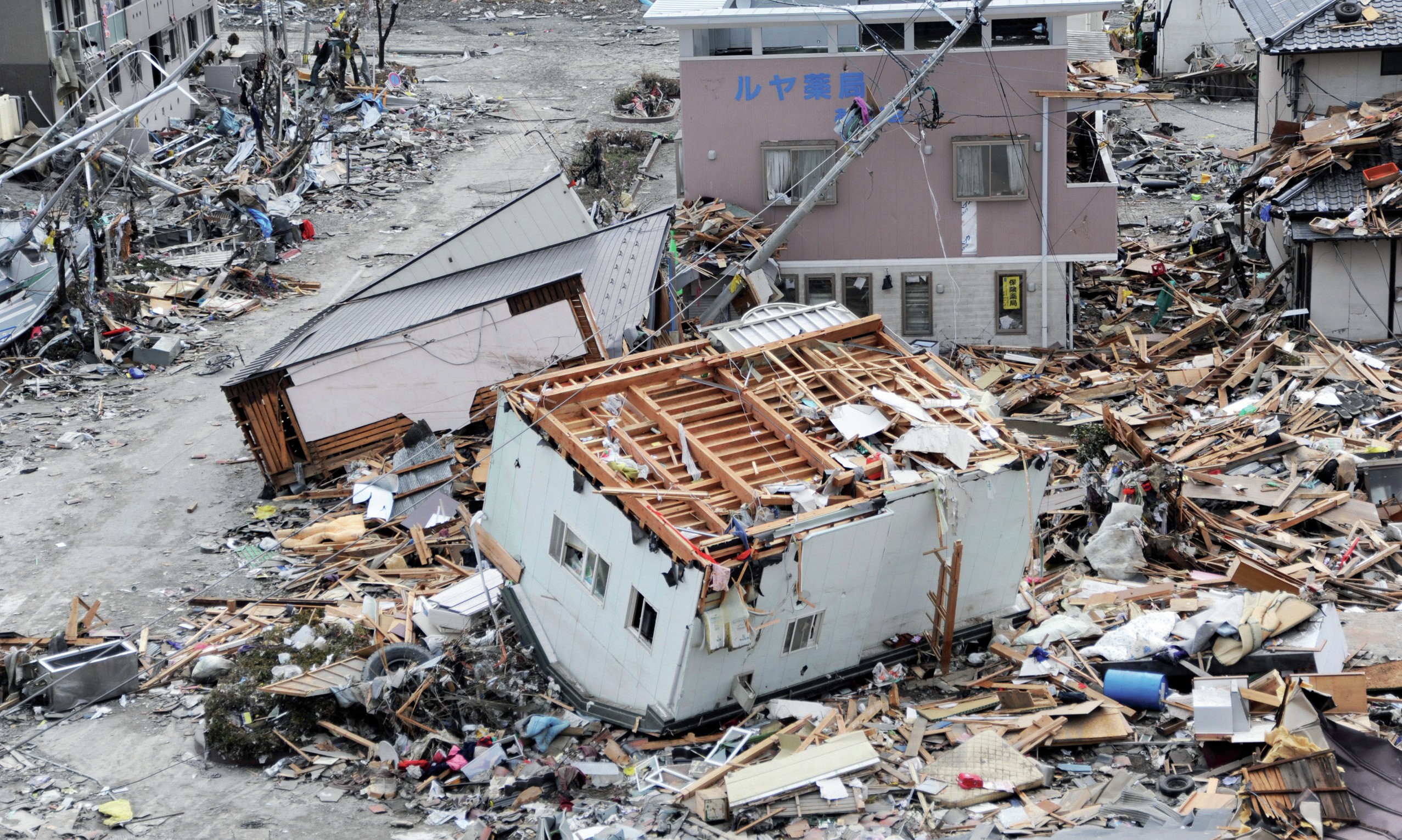
The government of Japan has invested in technologies to prepare the country for tectonic events such as earthquakes, volcanic eruptions and tsunamis. The events of 11 March 2011 were a test of these preparations as the country experienced the highest loss of life in a single day in Japan since the Second World War.
Photographs and video footage show the unprecedented level of damage and destruction caused by the tsunami that followed a massive earthquake off the Japanese coast. Trains were swept from their tracks, airport runways were covered in a deep layer of mud, and boats were washed ashore and left stranded on rooftops. Initial reports spoke of 350 deaths and 500 missing people, but these figures rose dramatically every hour following the waves’ retreat. In the weeks that followed it became clear that over 27,000 people had died or were missing.
Your organisation does not have access to this article.
Sign up today to give your students the edge they need to achieve their best grades with subject expertise
Subscribe




